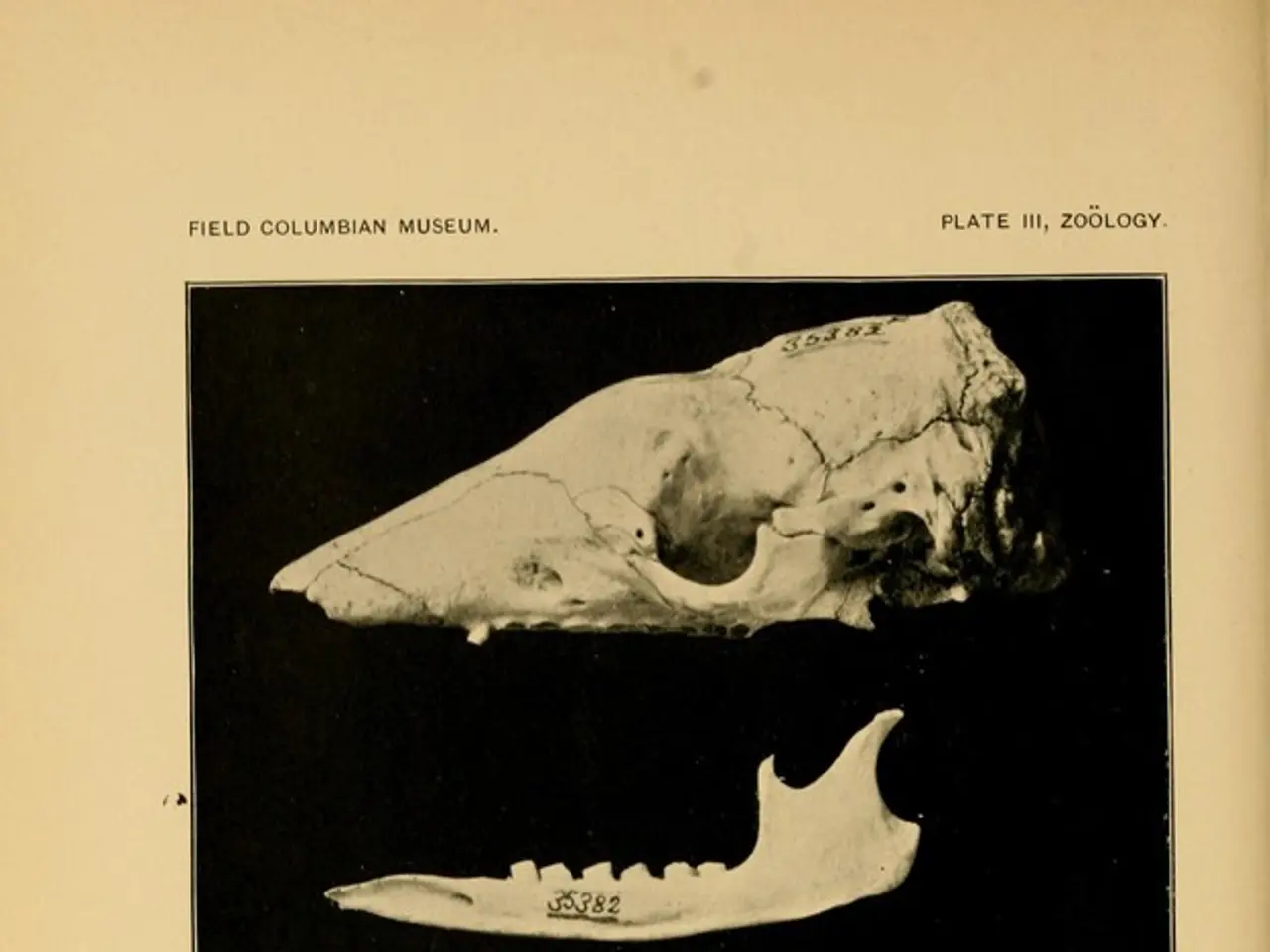Discovering Guyon's Canal: A Crucial Nerve Passage in the Wrist
French surgeon Jean Casimir Félix Guyon discovered Guyon's canal, a crucial passage for the ulnar nerve and artery in the wrist. Compression in this canal can lead to Guyon's canal syndrome, causing numbness, weakness, and pain in the hand. While less common than carpal tunnel syndrome, severe cases may require surgery.
Guyon's canal is located along the lower edge of the palm, bounded by the pisiform bone and various muscles and ligaments. It is formed by a hook-like process of the hamate, a wedge-shaped carpal bone near the pinkie finger. The hamate articulates with five other bones, including the lunate, triquetral, capitate, and the fourth and fifth metacarpals. The ulnar nerve and artery pass into the hand through this canal. Guyon's canal syndrome can occur due to overuse of the wrist, trauma, or a fracture to the hamate bone, leading to compression of the ulnar nerve.
Guyon's canal syndrome, though less frequent than carpal tunnel syndrome, can cause significant discomfort and weakness in the hand. It results from compression of the ulnar nerve in the canal named after French surgeon Jean Casimir Félix Guyon. Treatment may involve surgery in severe cases, but the exact course depends on the underlying cause and extent of nerve compression.
Read also:
- Hospital's Enhancement of Outpatient Services Alleviates Emergency Department Strain
- Increased Chikungunya infections in UK travelers prompt mosquito bite caution
- Kazakhstan's Deputy Prime Minister holds discussions on the prevailing circumstances in Almaty
- In the state, Kaiser Permanente boasts the top-ranked health insurance program






